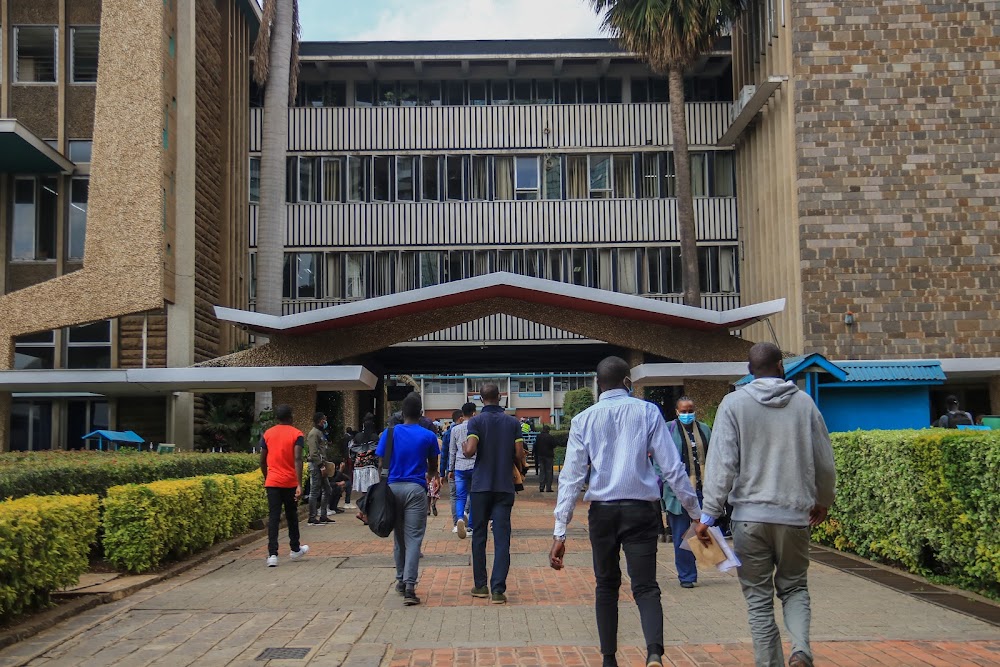New University Funding Model: A Step In The Right Direction, But There Are Still Concerns

As thousands of students prepare to join universities around the country, many are still in limbo about how they will be funded under the new government model.
With misleading information circulating on social media about the increase in university fees, some who fall into the vulnerable and extremely needy categories are worried that they will not receive enough funding to cover their tuition fees.
Others are concerned about the repayment terms of the loans that will be offered under the new model.
The new funding model is a major change from the previous system, which was based on a quota system. Under the quota system, the government allocated a certain number of scholarships to each university. The new model is designed to be more equitable and transparent.
The new model, introduced in May 2023 by the government, is based on four criteria: choice of the programme, household income, affirmative performance, and government priority areas.
The government will apply scientific criteria using a Means Testing Instrument (MTI) to every applicant to determine their need levels.
The instrument has eight variables, which have been used over the years and have been strengthened and linked to other databases to boost reliability.
The eight variables include parents' background, gender, course type, marginalization, disability, as well as family size and composition.
By combining these variables, it is envisaged that the State will be able to determine the needs of the various households and fund them appropriately.
Therefore, students falling under the vulnerable and extremely needy category will qualify for 100% government funding.
Those from needy and less needy households will get 93% government funding, with the students bearing 7% of the tuition costs.
Needy students joining universities will receive government scholarships of up to a maximum of 53% and loans of up to 40%. Their households will only pay for 7% of the cost of their university education.
Students who will join the Technical and Vocational Education and Training Authority (TVETA) will receive government scholarships up to a maximum of 50% and 30% in loans while their households will pay 20% of the costs.
The new funding model has been welcomed by many, but there are still some concerns about how it will be implemented.
SOURCE: THE STAR
Tags: Ministry Of Education Kuccps Signstv Means Testing Instrument University Funding Model


